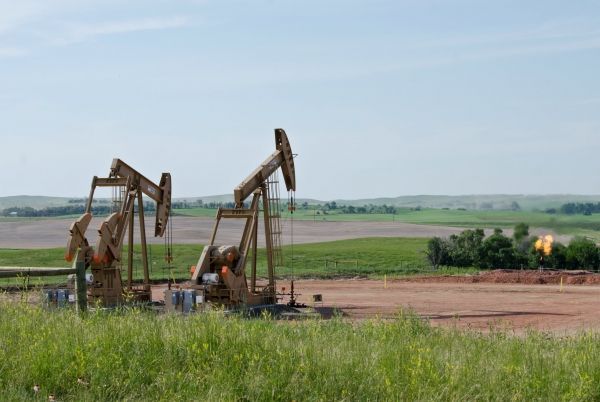The U.S. oil and gas industry emits 13 million metric tons of the potent greenhouse gas methane from its operations each year, 60 percent more than estimated by the U.S. Environmental Protection Agency, according to a new study published today in the journal Science.
Significantly, researchers found most of the emissions came from leaks, equipment malfunctions and other “abnormal” operating conditions. The climate impact of these leaks in 2015 was roughly the same as the climate impact of carbon dioxide emissions from all all U.S. coal-fired power plants operating in 2015, they found.
“This study provides the best estimate to date on the climate impact of oil and gas activity in the United States,” said co-author Jeff Peischl, a CIRES scientist working in NOAA’s Chemical Sciences Division in Boulder, Colorado. “It’s the culmination of 10 years of studies by scientists across the country, many of which were spearheaded by CIRES and NOAA.”
The new paper assessed measurements made at more than 400 well pads in six oil and gas production basins and scores of midstream facilities; measurements from valves, tanks and other equipment; and aerial surveys covering large swaths of the U.S. oil and gas infrastructure. The research was organized by the Environmental Defense Fund and drew on science experts from 16 research institutions including the University of Colorado Boulder and the University of Texas Austin.
Read more at University of Colorado Boulder
Image Credit: Tim Evanson / Wikimedia Commons


